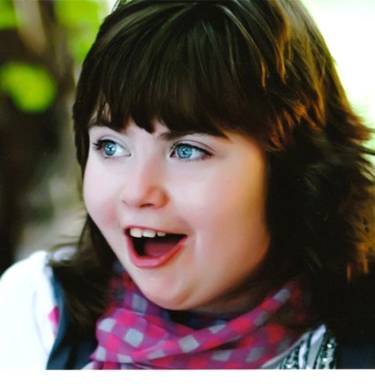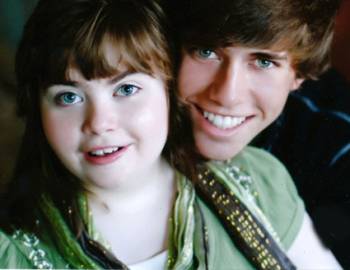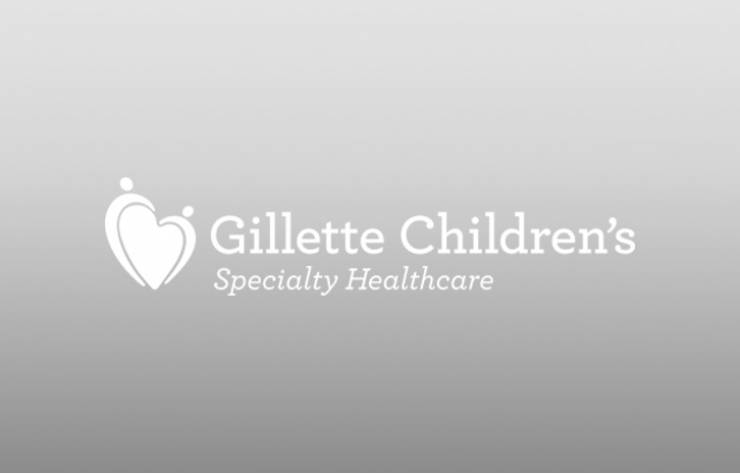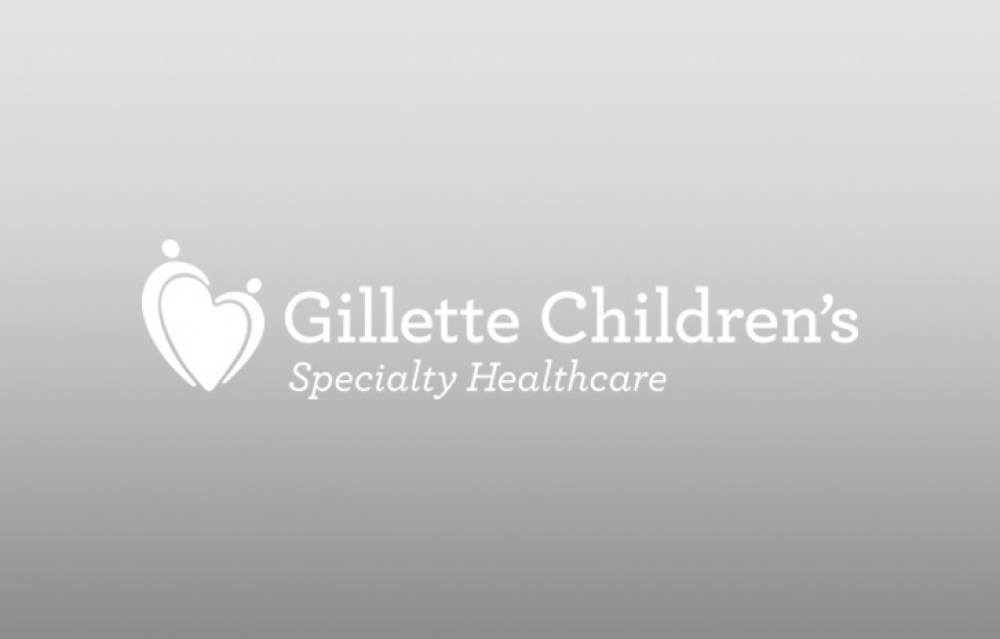-
{care_team_members status="Open|hide from care team page"}
-

{care_team_members:ct_first_name} {care_team_members:ct_last_name}
{care_team_members:ct_full_title}
{/care_team_members}
person:channel_short_name: {person:channel_short_name}
person:
title: {person:title}
-
{links}
{/links}
No category selected to display locations. Locations Dynamic
-
{locations}
- {locations:title} {/locations}
-
{widget}
{widget:widget_content}
- {widget:widget_content:tab_title} {/widget:widget_content} {/widget}
What if your once typically developing baby developed a disorder that robbed her of the ability to interact with the world around her? What if you knew your child’s personality—her likes and dislikes, her hopes and dreams—was trapped inside of her, straining to break through?
Julie Hackel went through just such a heart-wrenching experience. Her daughter, 19-year-old Megan, has Rett syndrome.
Megan began showing symptoms of Rett syndrome at 18 months old. The rare disorder, which affects females almost exclusively, results in slowed or stalled development with skills like walking and talking. Children appear typically developing during infancy, but soon begin losing crucial skills like eye contact, speech, and intentional hand movements. Because Rett syndrome currently has no cure, those abilities cannot be regained.
during infancy, but soon begin losing crucial skills like eye contact, speech, and intentional hand movements. Because Rett syndrome currently has no cure, those abilities cannot be regained.
Family Discovers Minnesota and New Medical Team
The thought of one day finding a cure is an exciting one for Hackel and thousands of families like hers. “Research is essential to learning more about Rett syndrome and how we can overcome it,” she says. “It gives me hope for a better future for Megan.”
Megan became a Gillette patient when her family relocated from California to Minnesota to be closer to family. “I did my homework,” remembers Hackel. “It’s important for doctors to believe that Rett girls are ‘in there.’” Hackel’s research led her to Gillette and Arthur Beisang, M.D., an expert in the treatment of Rett syndrome.
Megan soon began seeing additional Gillette specialists—an orthopedic surgeon for treatment of scoliosis and a neurologist for help managing her seizures. “At Gillette, the doctors and nurses care about Megan and other Rett girls like her,” says Hackel.
Leading the Way in Care, Research
Hackel’s involvement in the Rett Syndrome Foundation led her to discover new clinical trials for a drug aimed at alleviating the symptoms of Rett syndrome. Thrilled to learn of Gillette’s involvement, she didn’t hesitate to sign Megan up. The study, sponsored by pharmaceutical company Neuren, began in 2014.
“In order to get this drug approved, they needed girls who could go through the trials,” says Hackel. “It’s our way of contributing to finding a cure.”
The Neuren study is one of many Rett-focused research projects underway at Gillette. In October 2015, Gillette announced participation in another research initiative. Called the Rett Natural History Study, it focuses on gathering genetic and physical data on people who have Rett syndrome—vital knowledge that will influence future trials of medications and other treatments. In 2016, Gillette became one of just 14 U.S. hospitals designated a Clinical Research Center of Excellence by the Rett Syndrome Foundation. 
“Gillette sees a large volume of Rett syndrome patients from throughout the Midwest,” explains Timothy Feyma, M.D., a pediatric neurologist and co-investigator in the Rett Natural History Study. “This, combined with our specialty care focus, puts us in an ideal position to conduct research aimed at understanding the condition.”
“Because our Rett patients come from such a large geographic area, Gillette collaborates with their local primary providers to ensure seamless medical care,” adds Marcie Ward, M.D., a pediatric rehabilitation medicine physician and core member of Gillette’s Rett syndrome team. “We also work with parents to advocate for our patients’ needs in the school system.”
Moving Rett Knowledge Forward
For Hackel, research advancements mean far more than a cure. They mean finally having her daughter back—and giving her the quality of life she deserves.
“Many of Megan’s symptoms, such as her hand-wringing, teeth-grinding and breath-holding, leave her simply exhausted,” says Hackel. “Having her alert, and spending more time enjoying her life, is a wonderful thought.”
For Gillette’s Rett syndrome researchers, stories of patients like Megan drive their passion for research. It’s why they collaborate with organizations like the University of Minnesota, Neuren and the Rett Syndrome Foundation. Partnerships with Rett families like Hackel’s are similarly essential, as many studies involve human subjects.
“At present, we lack effective treatments for Rett syndrome,” says Feyma. “But recent research developments suggest that effective treatments could be a realistic future possibility.”



